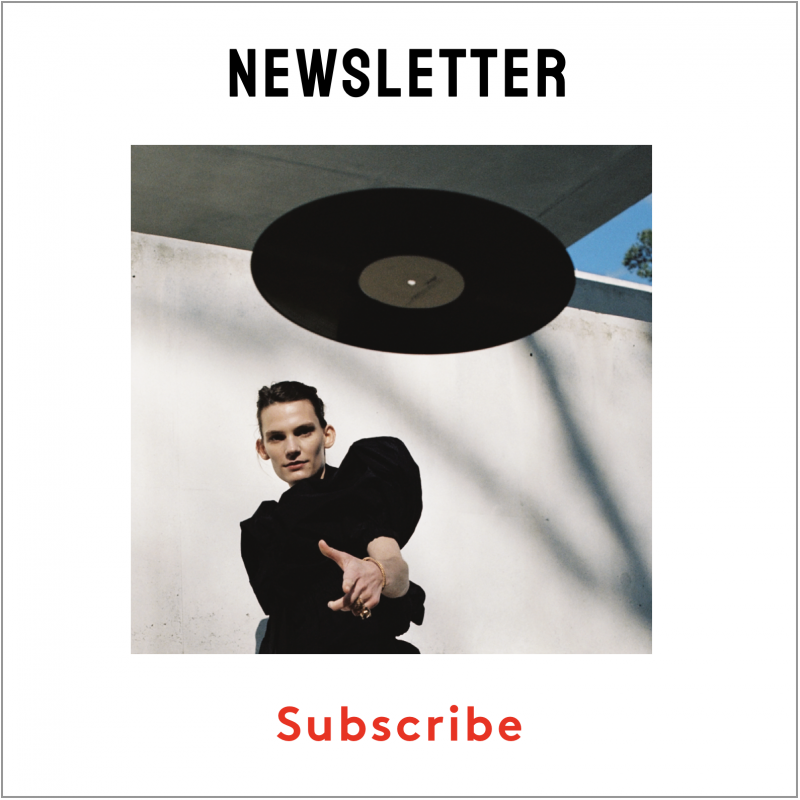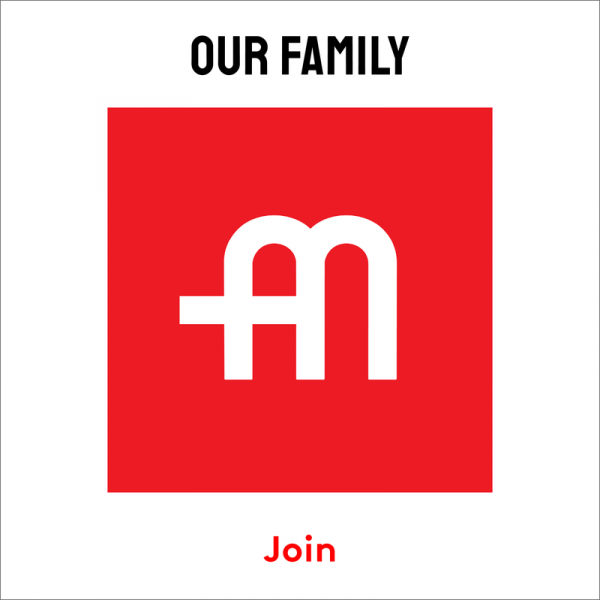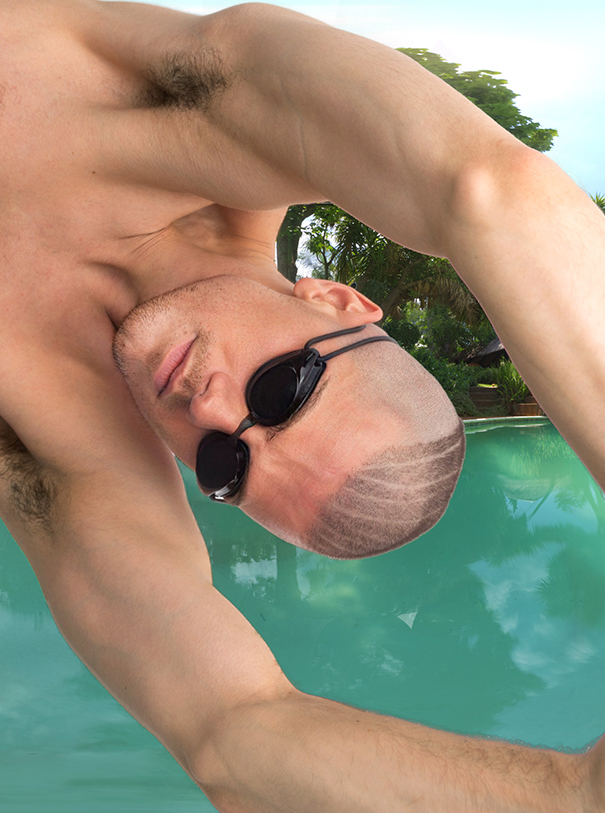
Der Ostblock war der jahrelange Gegenspieler zur westlichen Welt, auf der anderen Seite des eisernen Vorhangs. Durch die Linse unserer Ostfotograf:innen werfen wir einen Blick auf ihre Heimatorte, alte Jugendzimmer und neue Idole, alles östlich der deutsch-polnischen Grenze – ein Ostblick.
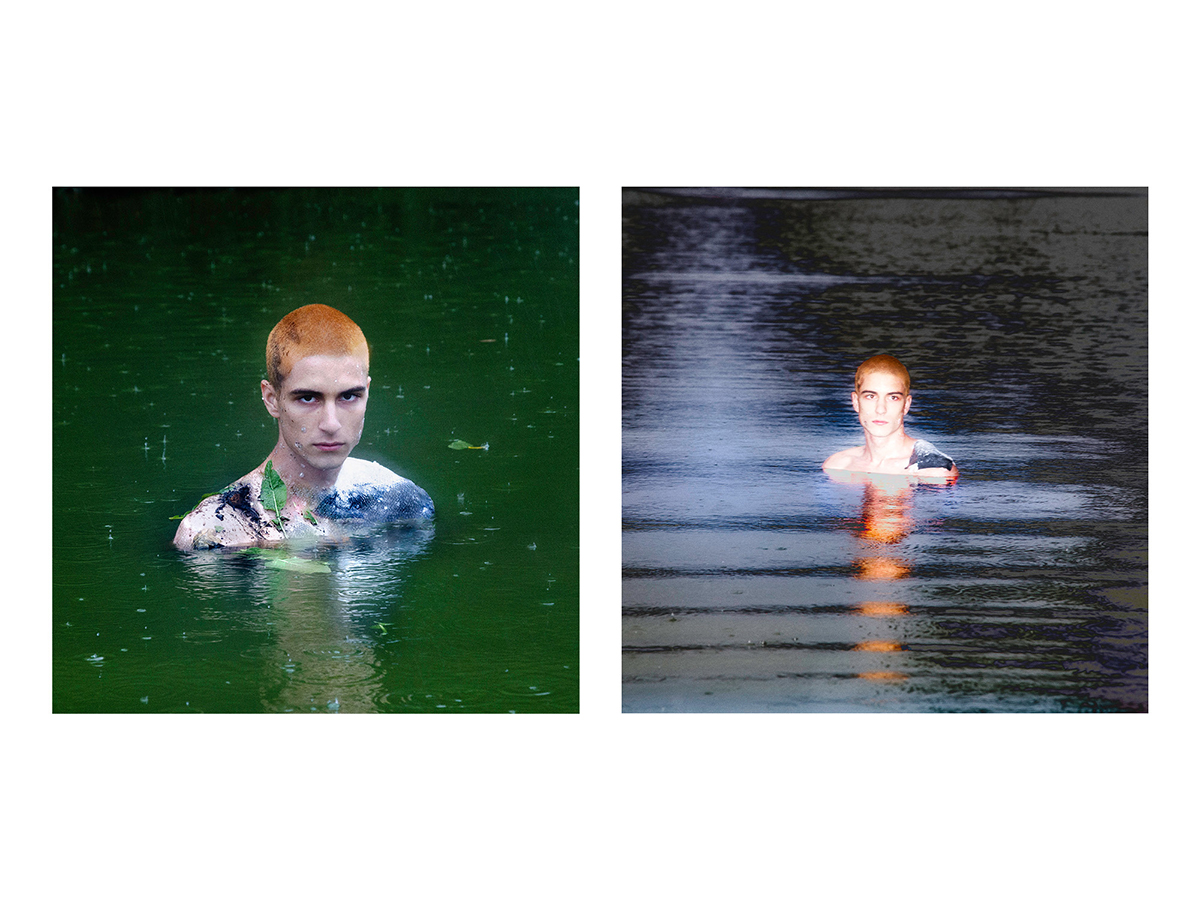
Art means creating something new. This is indeed the case with Luke Jascz who creates realities, people, spaces where nothing existed before – virtually on the Internet. He creates internet works of art. And in this very place he is even the owner of a hotel, the virtual Hotel Cisza. Avatars guide through the individual rooms of the hotel. Luke Jascz was born in Jelenia Góra, a city in Poland, and has already lived in Wrocław, London and Berlin; today he lives in Warsaw. He creates music videos for Polish hip-hop bands and shoots extraordinary photo spreads for Polish and international fashion brands.
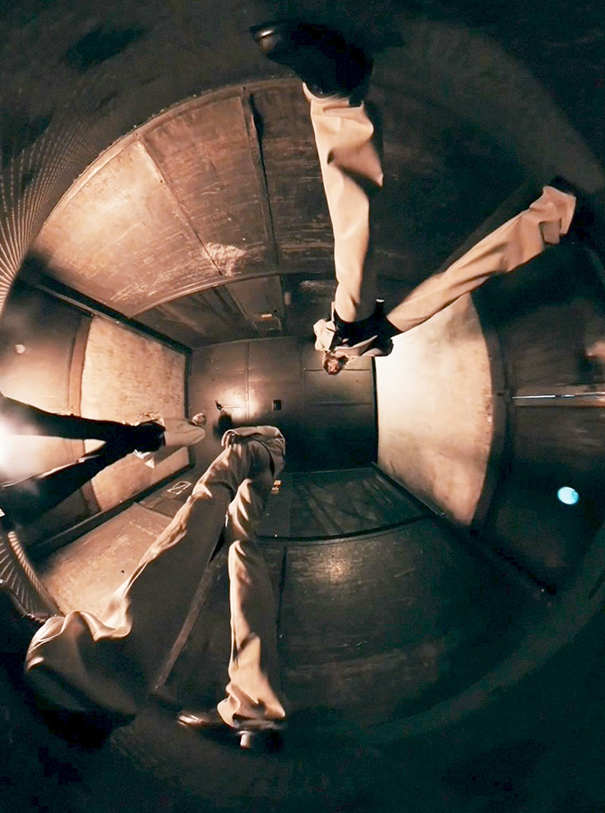
Luke Jascz for Polish fashion brand MSBHV
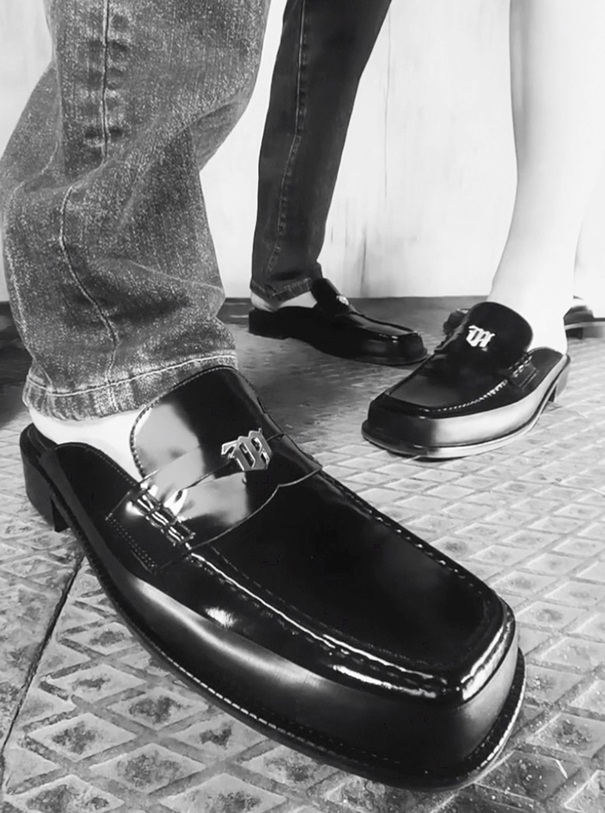
Carmen Maiwald: Since the first issue of Achtung, we have looked to the East. We feel that should be done more often. What can the West learn from the East?
Luke Jascz: Making do with what you have. Because you don’t need much to do creative things – the lo-fi, DIY vibe of the East usually translates feelings and ideas quite effectively – and it is so much fun. Just find your old VHS camera, gather some friends, and make things happen.
CM: What is the first image that comes to your mind when you think about your country?
LJ: Right now, it’s this little meme of a dog with the title ‘my head freaking hurts’. All the things happening in Poland make my brain hurt indeed, and I’m a bit scared to see how it all proceeds.

CM: What is the biggest difference you notice when you travel from Eastern to Western Europe?
LJ: I feel like people in the West are more secure with themselves, thus more open for an interaction. They overthink less and it’s easier for them to put themselves out there. But the West has always been a mix of nationalities for me, which made it all the more flavorsome and there were no rules.
CM: What opportunities does your home country offer you in photography?
LJ: I live in Warsaw which offers a lot. Many cool people and magical places which you can easily combine and turn into art. In terms of challenges – there’s plenty of them, so you can easily evolve and learn new things. Compared to the West, I just feel like the budgets are much smaller – which sometimes makes it impossible to get carried away with your vision on a commercial level. I recently found out how much rates for creative work differ and it made me want to work more outside of Poland, because they’re sometimes tenfold higher for the same amount of work. It’s crazy.
CM: If you had not become a photographer, what would you be now?
LJ: I wouldn’t ever try to choose one thing. Photo and video work is what I share the most, but my days are usually filled with other hobbies as well. I really like cooking, tie-dyeing, doing yoga and taking first steps at breakdancing. Watching my rabbit, spider, snails, and ant colony grow. Travelling is also a big passion, I recently got back from holidays in NYC and New Mexico and it kind of reshaped my life. I like to write songs, little poems and furtively make music. I’d like to write a book one day and I’m currently at my third chapter. Maybe I’ll finish before I die…?

CM: Which photographer from your home country inspires you the most?
LJ: Mostly my photographer friends, like Kuba Owczarek (who comes up with funny concepts), Konrad Tułak (whose spontaneity and retro vibe I love), Yan Wasiuchnik (@maanamman), Karolina Wojtas (@matriioszka) and Lola Banet (@lolabanet). But the list could go on and on!
CM: Black and white or color?
LJ: Mostly color, but if the context is right… I’ll happily go for black and white so my perfectionist mind doesn’t have to worry about saturation and hues.
CM: Your favorite place in your hometown?
LJ: My hometown is Jelenia Góra and my favorite place is my room, which covers almost the whole first floor of my house. It’s filled with memorabilia from each era of my life there – and being close to it reminds me of what created me and what used to inspire me the most.

CM: Which posters used to hang on the walls of your teen bedroom?
LJ: I just realized I didn’t have many musical band posters, but I really liked t.A.T.u. so I had a few signed posters of them. I also had many computer games posters I printed in a local printing store because they were pretty unobtainable. Day of the Tentacle, The Sims, The Longest Journey, and many other games I adored.
CM: If your city would be a piece of clothing, what would it be?
LJ: A cute, white T-shirt with a clipart of the Karkonosze mountains. No doubt. Here you go with a mockup.
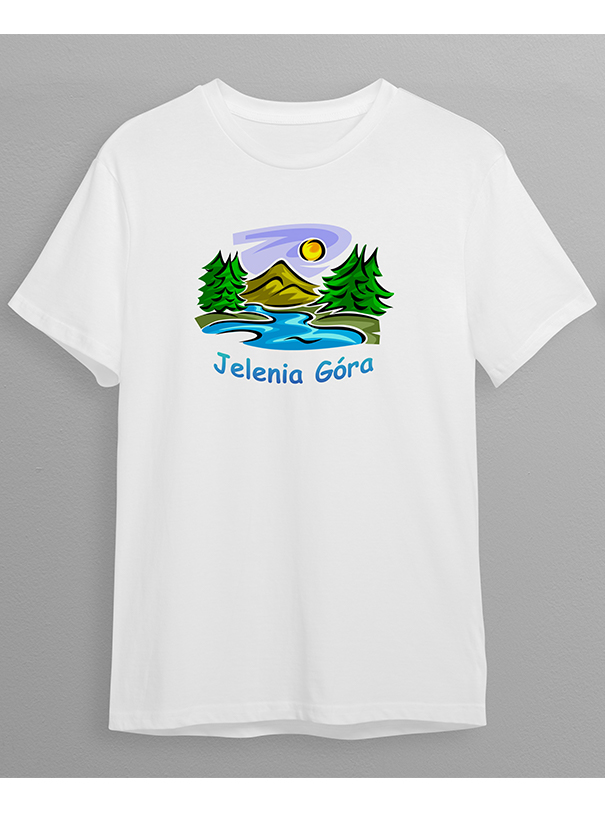
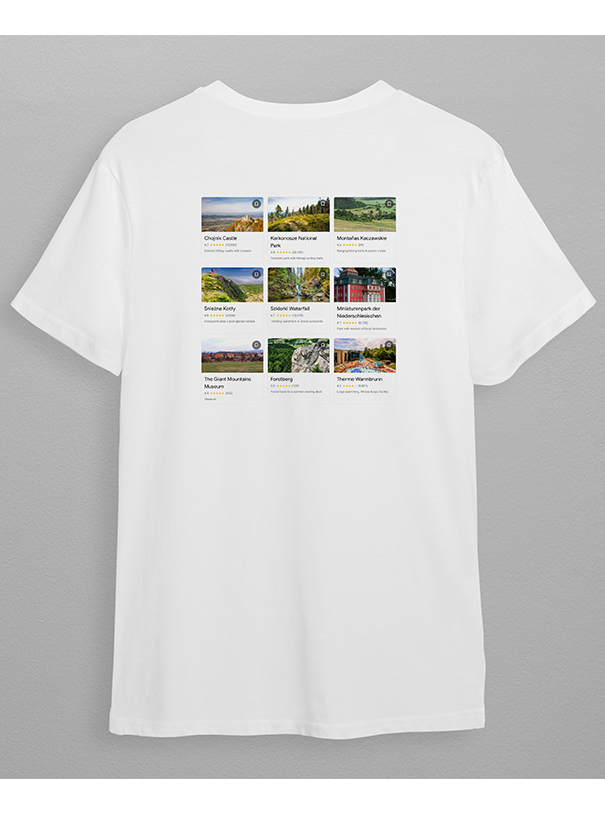
CM: During the Soviet Union, pictures had to be smuggled from East to West through the “iron curtain”. Even though this curtain has long since fallen, how difficult is it for young creatives to cross these borders and to get international attention?
LJ: Get ready for a cliché – living in the Instagram era, everything is possible. I did a few international collabs and the people who wanted to work with me just sent me a DM – it’s as simple as that. As far as your work is interesting, I don’t feel like geography matters nowadays. What does matter are your connections and relationships with people working in the same industry, your willingness to work with new ones and efficiency at sharing your work on social media – and these things are not particularly easy.
CM: What do you want to move as a photographer abroad and in your homeland?
LJ: I’d just like to inspire people to be a bit more creative in their lives. Probably, for example, show them the ways to make do with what they have and create this ripple effect that would transfer to their surroundings as well. I think immortalizing your feelings and important moments by the means of writing, video, photography, sculpting or whichever other medium is both entertaining and extremely therapeutic. I like shooting documentary photos with my Coolpix camera and sharing it with others – and the more open, creative people are around, the freer I feel with my own visions.


Want to see the last Ostblick? Click here.

